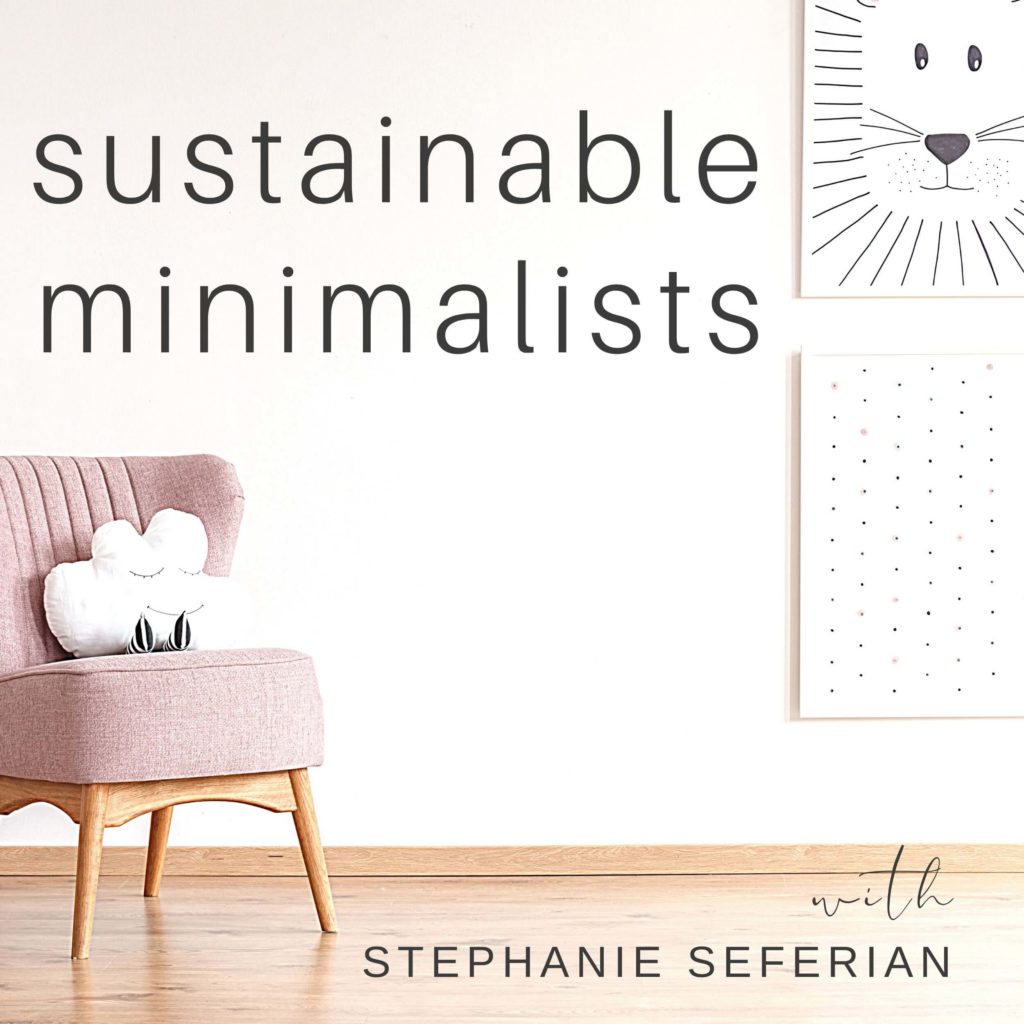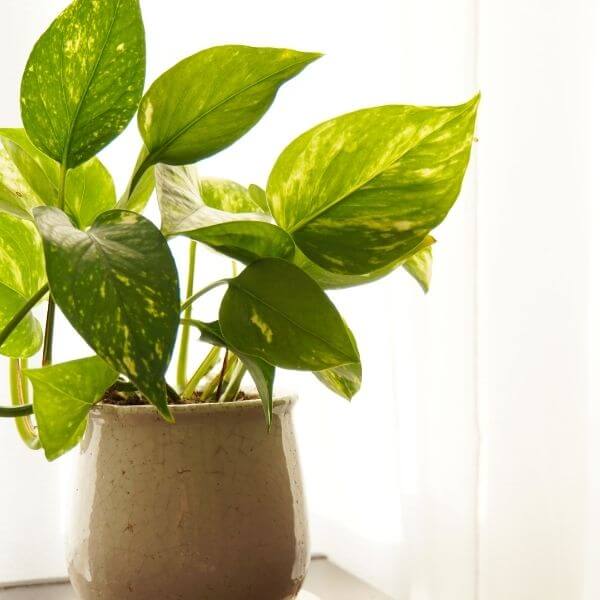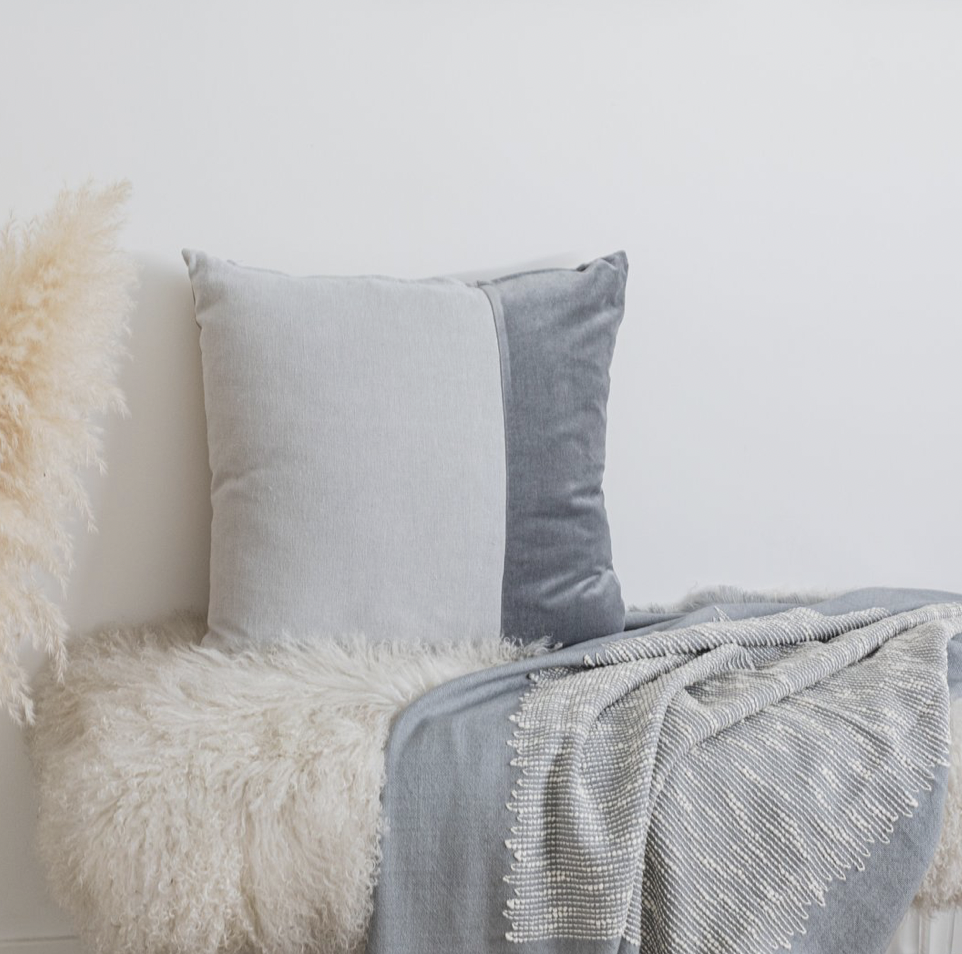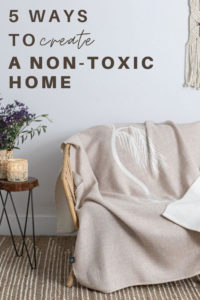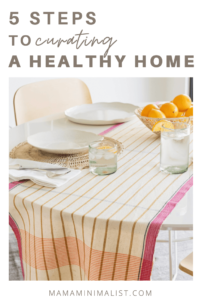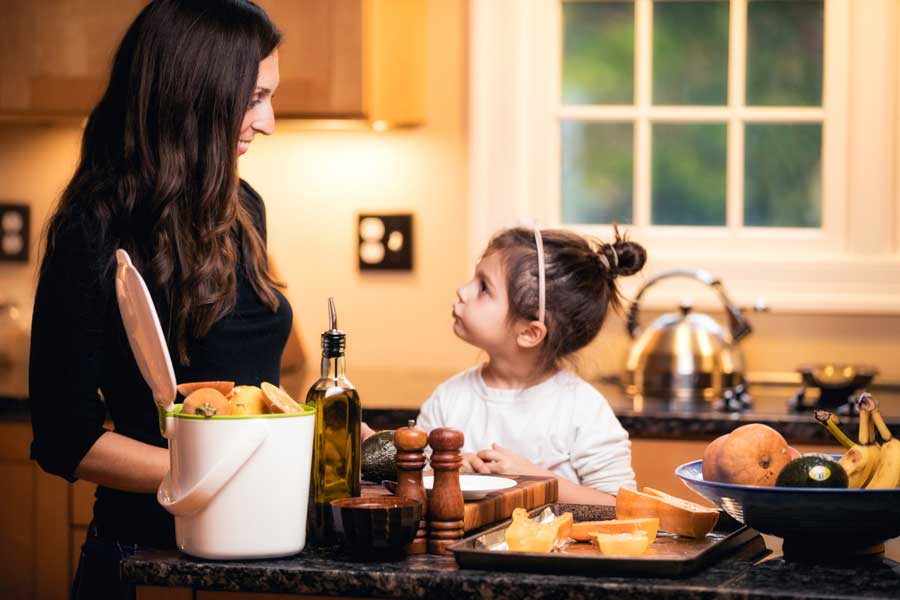5 Steps To Curating A Healthy Home
Find yourself concerned by the toxins in conventional products? Want to curate a healthy home for yourself and your loved ones but not sure where to start?
You’re not alone.
The US Food and Drug Administration (FDA) only loosely regulates chemicals in home and personal care products; the onus of responsibility therefore falls on you and me to first educate ourselves and then adjust our spending habits accordingly.
Here are five ways to reduce toxin exposure and curate a healthy home, for good:
(Note: This is a sponsored post.)
Healthy Home Idea #1: Seek Out Products With Natural Dyes
The dyes used to color our comforters, pillows, and other fabric accents are often derived from petroleum.
Dyes made from fossil fuels are synthetic and, aside from the environmental concerns they present, synthetic dyes have been linked to numerous health issues including lowered reproductivity, reduced sperm count in men, cancer, and more (source).
“A lot of times what people want is the [item] that’s going to cost them the least,” says Ellen Strickland, Chief Sustainability Officer for Shades of Green. “The problem is that petroleum-based products are not the healthiest ones, and returning to traditionally-made crafts and goods [that use] handmade dyes and plant-based dyes take more time and labor to create but they’re better for us in terms of personal health.”
If you are in the market for new textiles for your home, consider investing in ones that are dyed naturally or not dyed at all, such as Shades of Green’s Ramabai cloth napkins or Nirmala table runner.

Healthy Home Idea #2: Sleep Soundly with A Healthier Bedroom
Our bedrooms are for rest and rejuvenation. It’s prudent, then, to curate spaces with a nod toward enhancing sleep quality.
“You spend one-third of every day with your face down in the materials that are on your bed: your sheets, your mattress, and your pillow,” says Strickland. “Any chemicals or finishes on those items can absorb through your skin … for a solid eight hours. That’s what you’re putting into your system for eight hours every day.”
Healthy homes have healthy beds. “The majority of mattresses from the 1960s and on have been made from polyurethane foam, which is petroleum-based and emit Volatile organic compounds (VOCs), which can cause respiratory problems, skin irritation, and can be carcinogenic,” says Angela Wade, founder and CEO of Shades of Green.
As an alternative, Strickland recommends Naturepedic mattresses because they feature numerous third-party certifications for low environmental impacts including MADE SAFE and Global Organic Textile Standard (GOTS). Wade appreciates Naturepedic’s commitment to sourcing natural latex over polyurethane and for fireproofing, the company uses a natural wool wrapping instead of chemical flame retardants.
Next, invest in sheets and mattress pads made with natural fibers. Wade recently switched to linen sheets since linen contributes to cooler sleep. Wool mattress covers are worth their weight in gold, and Strickland cautions against assuming wool is inadequate as a mattress cover. Although many consumers view wool as a natural insulator, it is also superb at wicking moisture.
Finally, Strickland suggests eliminating electronics from the bedroom. If you must keep your cell phone nearby, create an EMF-free sleep zone by moving it as far away from your bed as possible.
Prefer Audio?
You can find The Sustainable Minimalists podcast (and much more!) wherever you listen to podcasts.
Healthy Home Idea #3: Pay Attention To Your Home’s Air Quality
The Environmental Protection Agency (EPA) identifies indoor air pollution as America’s number one environmental health problem since the air inside our homes can be up to five times more polluted compared to outdoor air.
Opening windows and doors may improve indoor air quality, but only if you live in an area without excessive automobile pollution.
“The Awair Element Indoor Air Quality Meter is a great addition to any home because it allows you to monitor the air quality levels and determine how it changes depending on whether doors or windows are open,” says Wade.
For a healthy home, don’t forget to add plants, which absorb carbon from the air and off-gas fresh, quality oxygen.
Bamboo palm and spider plants remove benzene and formaldehyde from the air; the Pothos plant cleans air of benzene, formaldehyde, toluene, carbon monoxide and xylene (source).
Healthy Home Idea #4: Invest In Non-Toxic Decor
“In every room of your house, you have a variety of products made by different companies made with different materials. They were not designed necessarily to work together,” says Strickland. “While the materials and chemicals used were designed for that specific product, they weren’t necessarily designed to work with the dozens of other chemicals in the room.”
Strickland advises homeowners to avoid creating what she calls a “chemical soup” in the home. Instead, introduce fewer chemicals into your home by investing in non-toxic products whenever possible.
The best part? Non-toxic decor is easy to find if you know where to look.
Shades of Green is a sustainable shopping platform that provides a set of guidelines with honest, transparent details about the products they sell to help consumers make smarter decisions about what they are purchasing.
The website’s 5-point evaluation system helps consumers find quality sustainable products without needing to spend hours researching how they were made and where they came from. “We’re doing our best job to source the best quality products that are functional and also meet a high design standard,” says Wade. “The point of our platform is to be transparent about the details and provide people with better products that are more sustainable for their homes.”
Need a new hamper? This Makaua palm fiber hamper boasts the highest rating on shadesofgreen.com because it is made from natural palm fibers handwoven by local Mexican artisans.
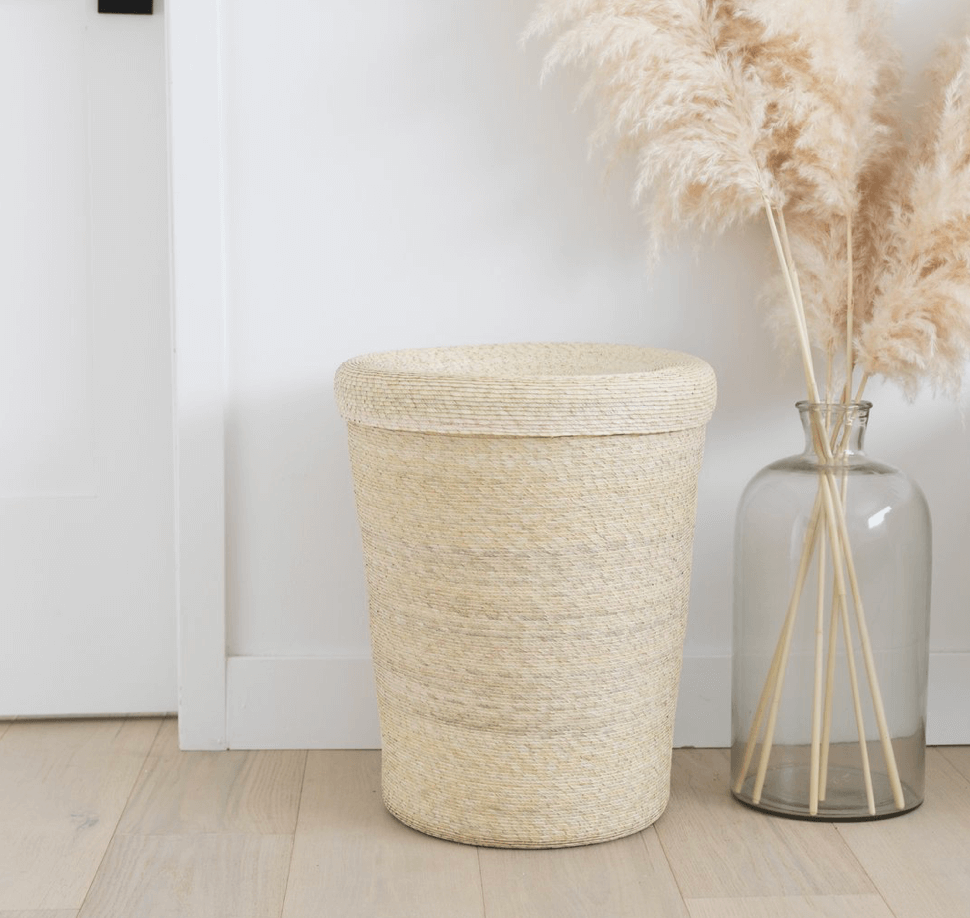
How about pillows? These Eco Louis Velvet-Moonstone throw pillows are artistically crafted in the United States from natural fibers using eco-reactive dyes.
Healthy Home Idea #5: Dust and Vacuum Often
Most of us believe dust is simply an accumulation of human skin, pet dander, and dust mites.
Sounds fairly benign, right?
Wrong. Dust contains toxins that can make us sick, including phthalates, flame retardants, fluorinated chemicals, and lead.
Dusting and vacuuming frequently can improve your indoor air quality and help to maintain a healthy home.
About Shades Of Green
Shades of Green is a sustainable shopping platform committed to creating healthier living spaces by only sourcing and selling non-toxic, environmentally-friendly products.
Shades of Green researches, identifies, and evaluates safer, healthier, and more environmentally responsible alternatives to common and conventionally formulated products and brings them to market at the best prices possible.
What are your go-to tips for ensuring a healthy home? Leave your best ideas in the comments!
Stay in-the-know!
Sign up for monthly eco-minimalist, non-toxic inspiration.
